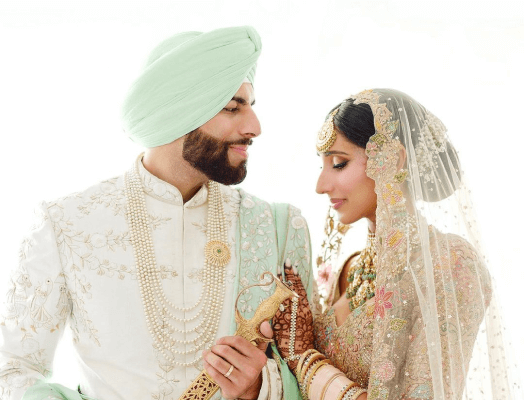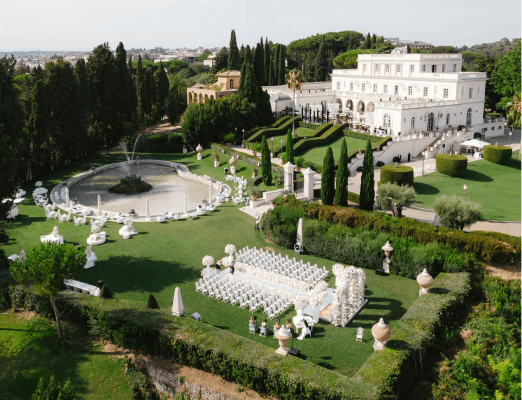Haldi: The Vibrant Tradition That Blesses Indian Weddings
- Author: Natali Grace Levine
- Reading time: 7 min 25 sec
- Publication date: 09/03/2024
- Updated: 12/20/2025
In the heart of Indian wedding traditions lies the vibrant and cherished Haldi wedding ceremony, a radiant ritual steeped in cultural significance and joy. This pre-wedding event, marked by the application of a turmeric paste, symbolizes the cleansing of the bride and groom's spirits and the infusion of auspiciousness into their upcoming union. The golden hue of the turmeric, coupled with the lively festivities, creates a festive atmosphere that celebrates not only the couple but also the rich heritage and familial bonds. As families come together to partake in this colorful tradition, the Haldi wedding ceremony stands as a testament to the warmth, love, and blessings that envelop Indian weddings.
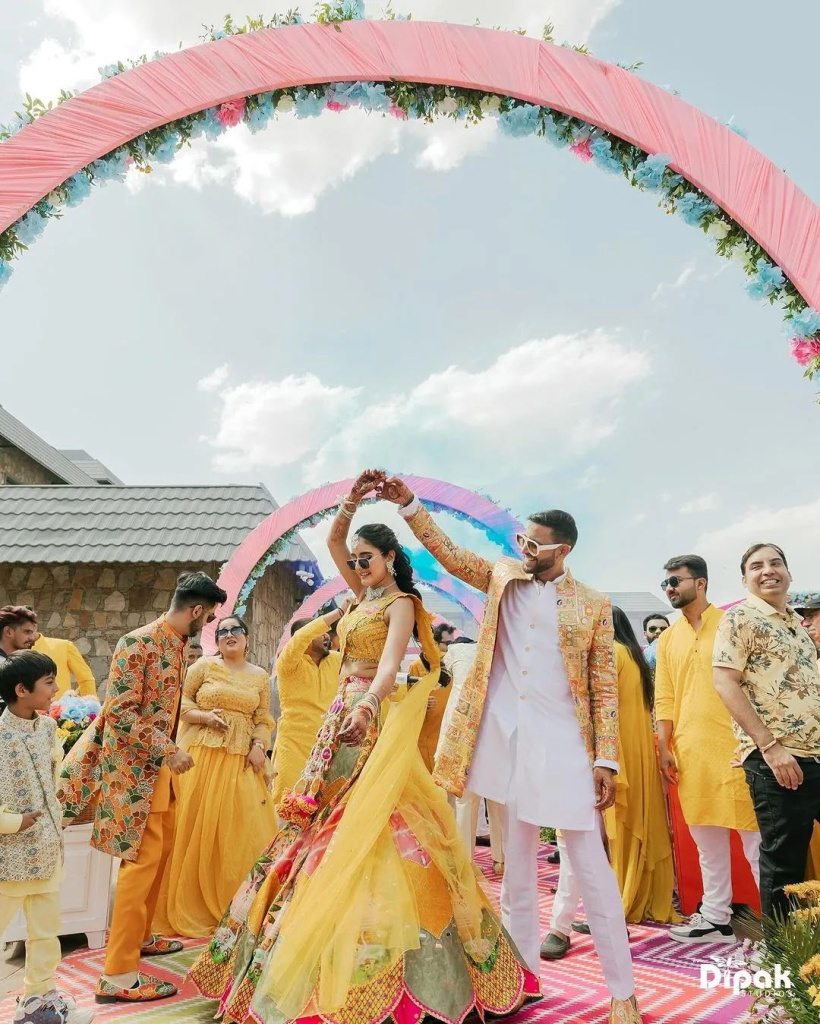
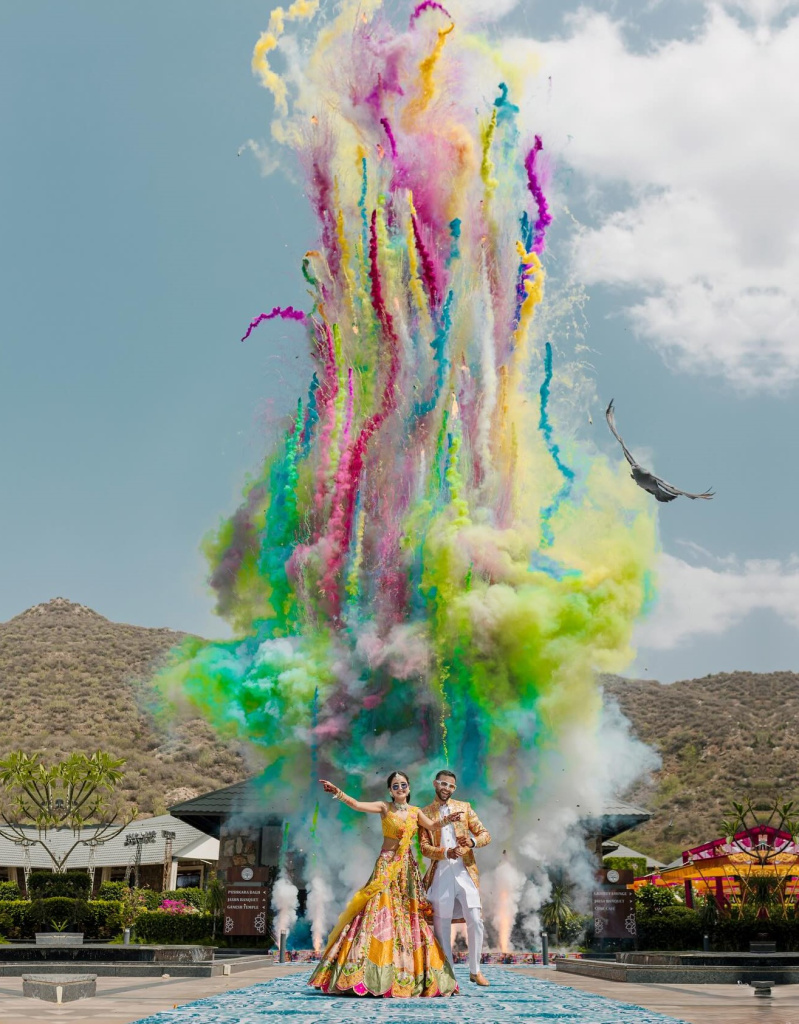
Find Your Perfect Wedding Vendors
Everything You Need to Know About the Haldi Ceremony: From Rituals to Symbolism
The turmeric ceremony at Indian weddings is a prominent and lively tradition in South Asian weddings, celebrated with great enthusiasm and reverence. This pre-wedding ritual, observed primarily in countries like India, Pakistan, Bangladesh, and Nepal, is rich in cultural heritage and symbolic meaning. It marks a significant step in the wedding festivities, preparing the bride and groom for their upcoming nuptials. This comprehensive guide delves deeply into the turmeric ceremony Indian wedding, exploring its origins, rituals, significance, and contemporary adaptations, while also highlighting regional variations and unique aspects of the celebration.
Origins and Historical Significance
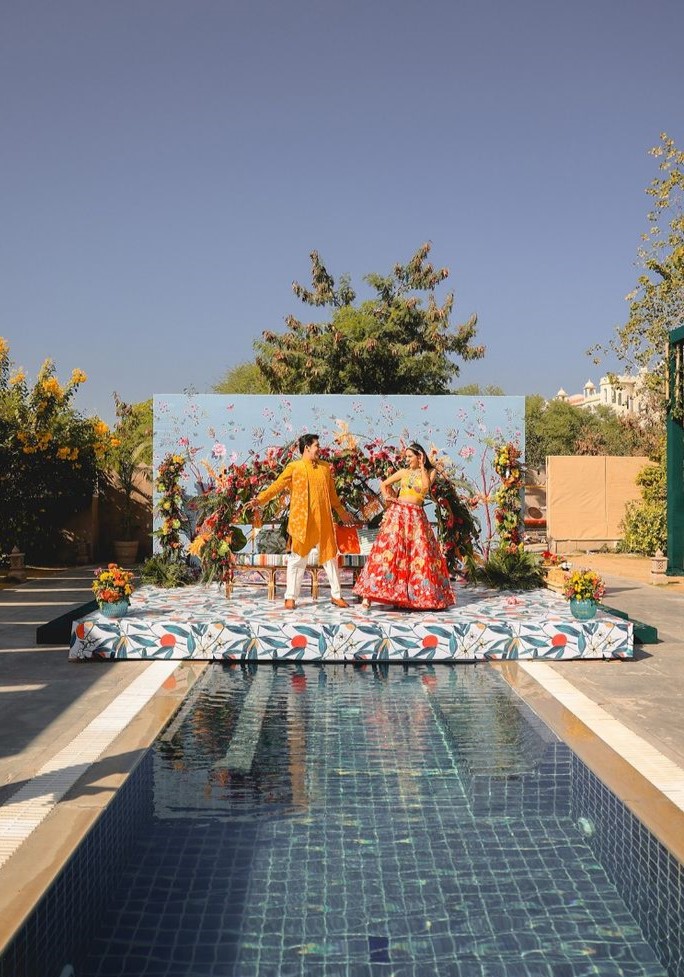
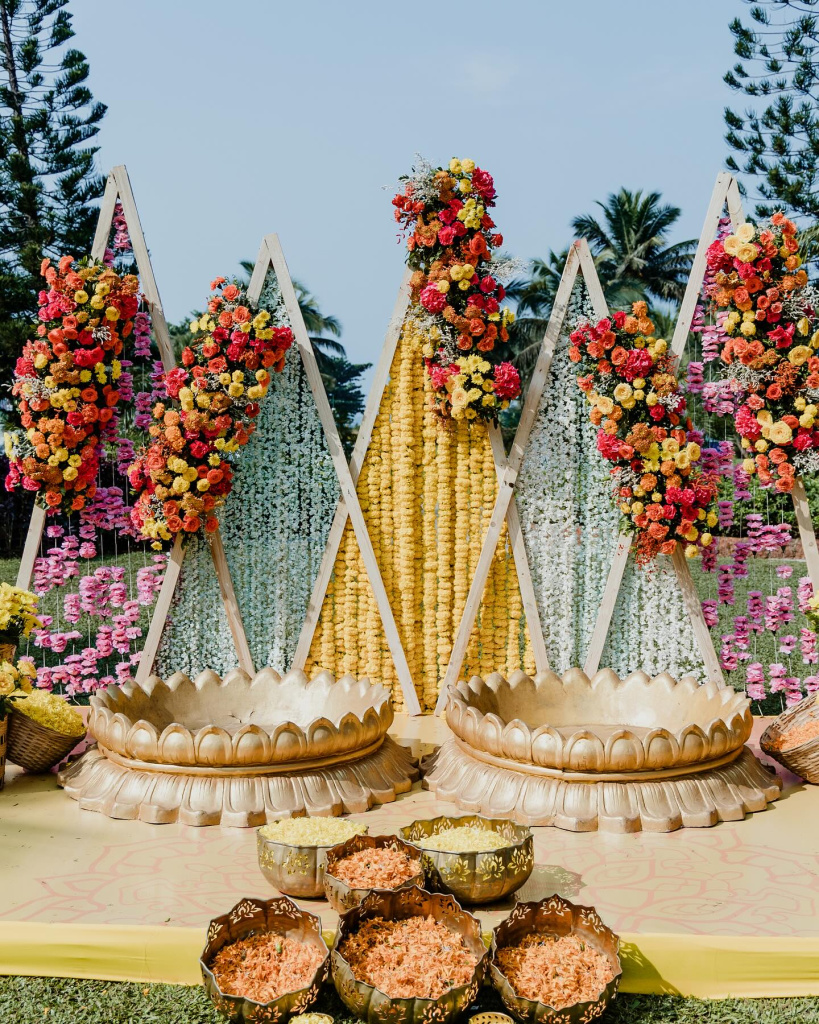
The Indian haldi ceremony, also known as the turmeric ceremony, has ancient roots in Vedic traditions. Turmeric, or 'haldi,' has been revered in South Asian cultures for centuries due to its promising properties. The use of turmeric in rituals is believed to date back to the Vedic period, symbolizing purity, fertility, and prosperity.
Historically, turmeric was used to purify and sanctify individuals, preparing them for important life events. Its vibrant yellow color, symbolizing the sun and its life-giving energy, is associated with positivity and divine blessings. The traditional haldi ceremony signifies the transition from single life to married life, emphasizing the purification of the bride and groom as they prepare for their new journey together.
Rituals and Practices
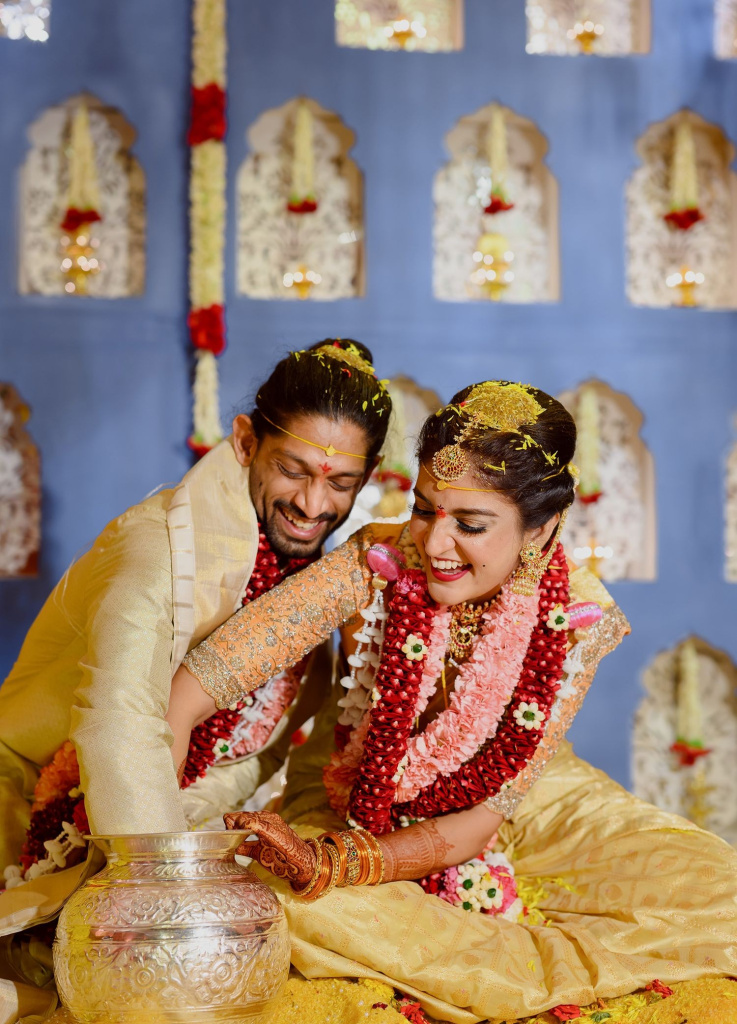

The Haldi ceremony is a central pre-wedding event that typically occurs one or two days before the wedding. While the basic structure of the ritual remains consistent, practices can vary depending on regional and familial traditions. Here’s a detailed look at the key rituals and practices:
- Preparation of the Haldi Paste: The Haldi paste is traditionally made from fresh turmeric roots or turmeric powder mixed with other natural ingredients. Depending on regional practices, it may include sandalwood powder, rose water, milk, or herbs like neem. Each ingredient is selected for its specific benefits, such as fragrance or therapeutic properties. The paste is prepared with care, often by female relatives or close friends.
- Ceremonial Application: The bride and groom are usually seated separately in their homes, surrounded by family and friends. The Haldi paste is applied to their faces, arms, legs, and sometimes their entire body. This application is accompanied by traditional chants, songs, and playful teasing. The ritual is performed with great care and attention, reflecting the importance of the ceremony.
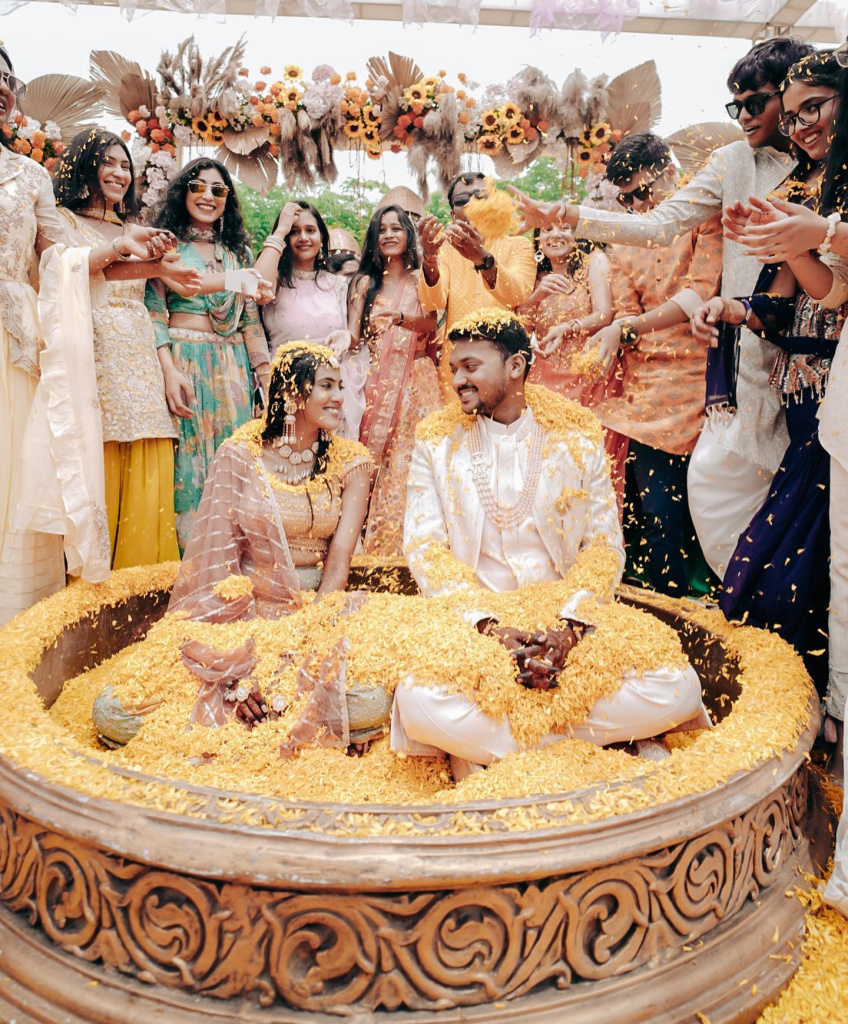
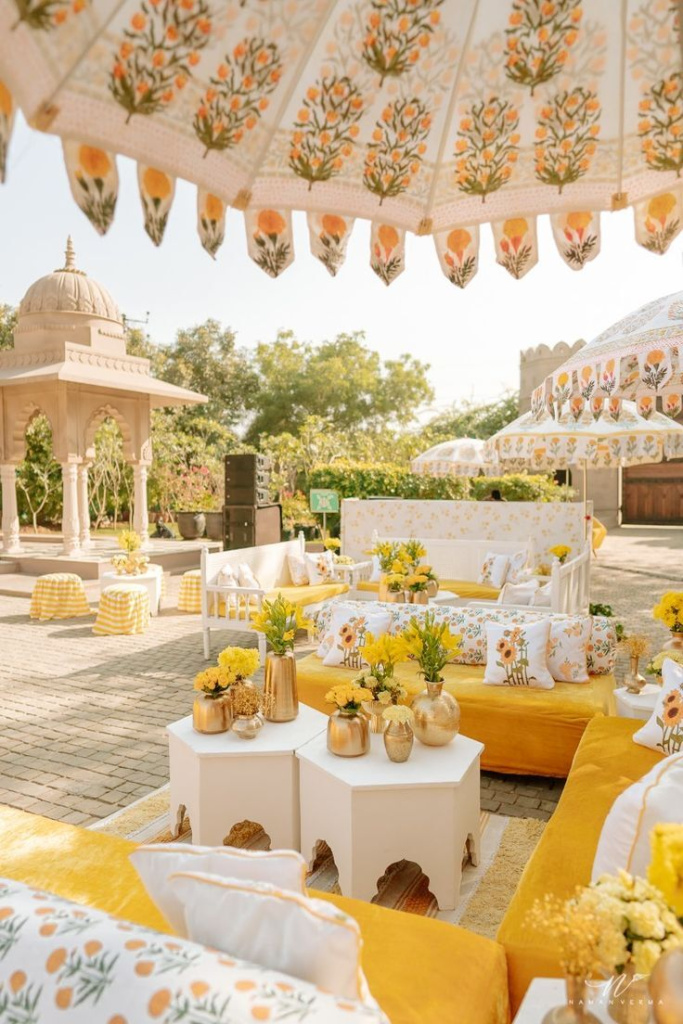
- Traditional Music and Dance: The Haldi ceremony is marked by lively music and dance performances. Traditional folk songs and dances are integral to the celebration, creating a festive atmosphere. These performances often include playful interactions and joyous participation from family members, enhancing the celebratory mood of the occasion.
- Gifts and Offerings: As part of the ritual, the bride and groom receive gifts and offerings from their families. These gifts may include traditional clothing, jewelry, sweets, and other items symbolizing blessings and well-wishes. The act of giving is a gesture of love and affection, aimed at ensuring the couple’s happiness and prosperity.
- Post-Haldi Rituals: After the application of Haldi, the bride and groom take a ritual bath to cleanse themselves of the turmeric paste. This purification process is followed by various customs, including the wearing of new clothes and adornments for the wedding. The cleansing symbolizes the removal of impurities and preparation for the sacred wedding ceremony.

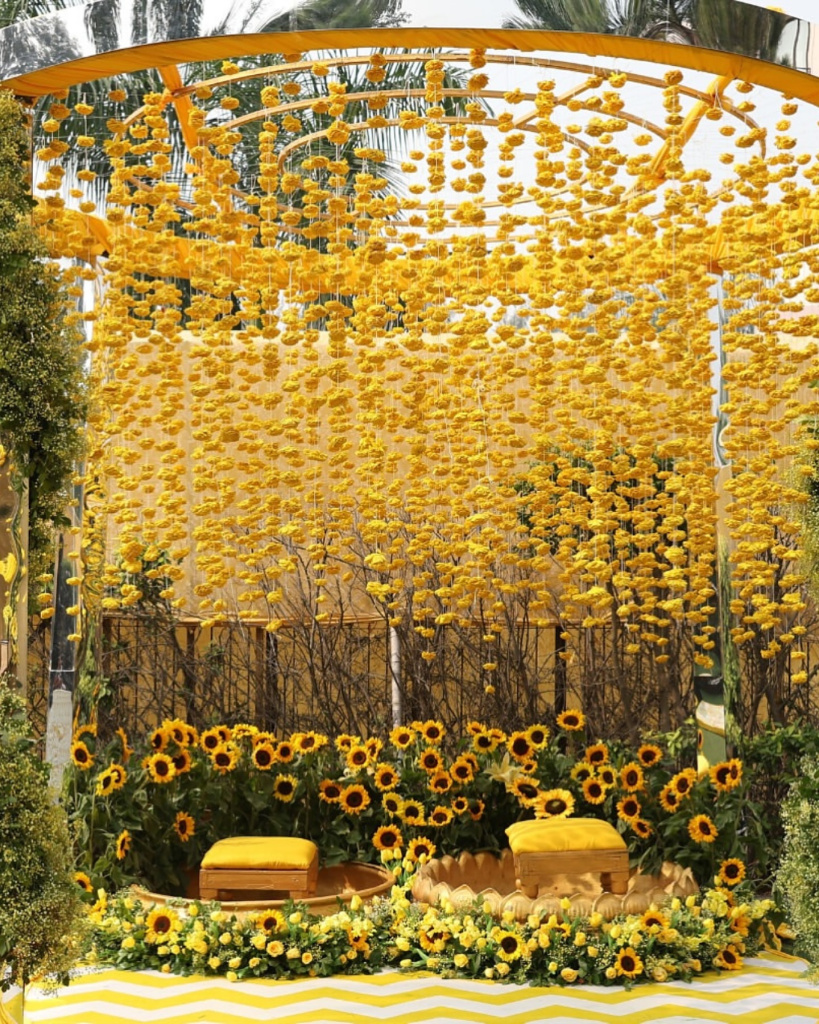
Symbolism and Significance
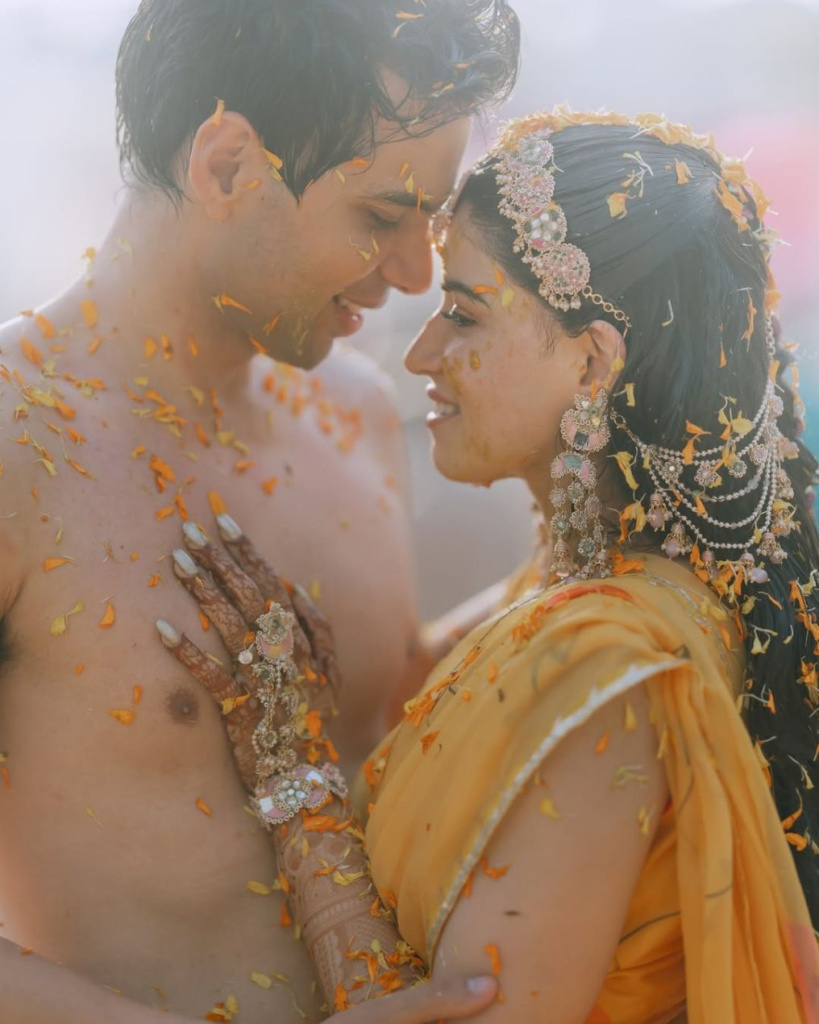

The Haldi ceremony is rich in symbolism and holds profound significance in South Asian weddings. Here are some key aspects of its symbolism:
- Purification and Cleansing: Turmeric is believed to have purifying properties that cleanse both the body and soul. The application of Haldi is thought to remove negative energies and prepare the bride and groom for their new life together. It signifies the transition from the old to the new, marking the beginning of a new chapter.
- Blessings and Prosperity: Turmeric is associated with prosperity, fertility, and good health. Applying it to the bride and groom is a way of bestowing blessings and wishing them a prosperous and healthy married life. The yellow color of turmeric is believed to attract positive energy and bring good fortune.
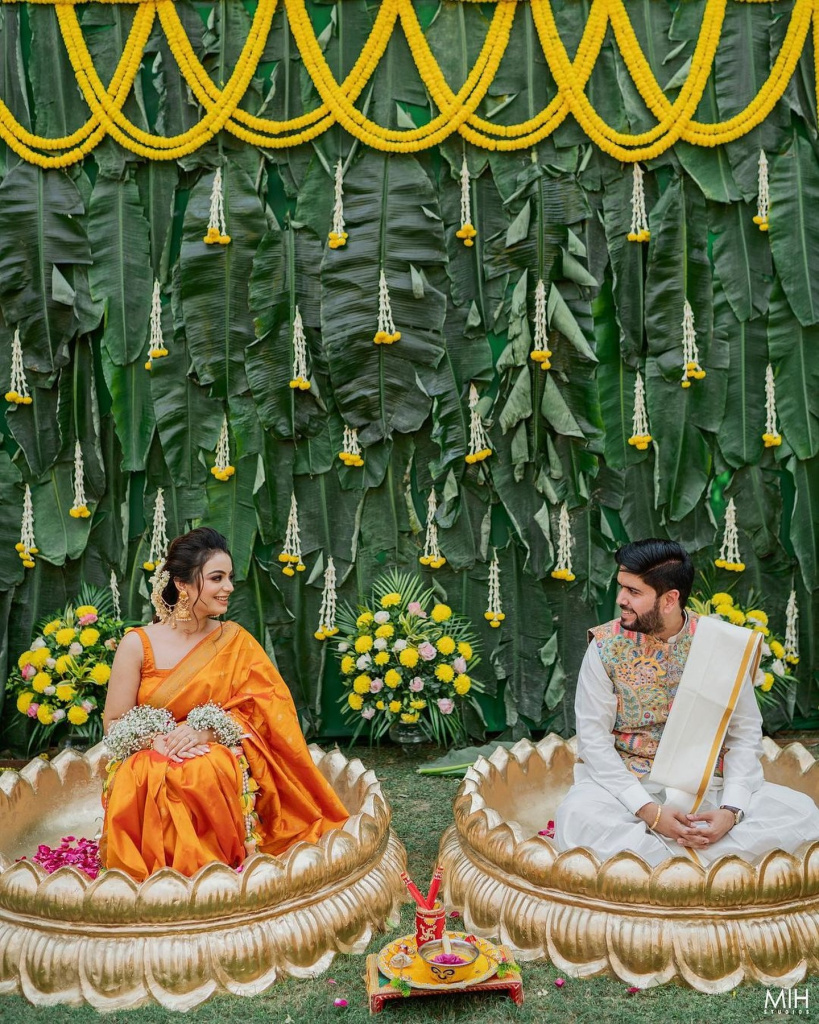
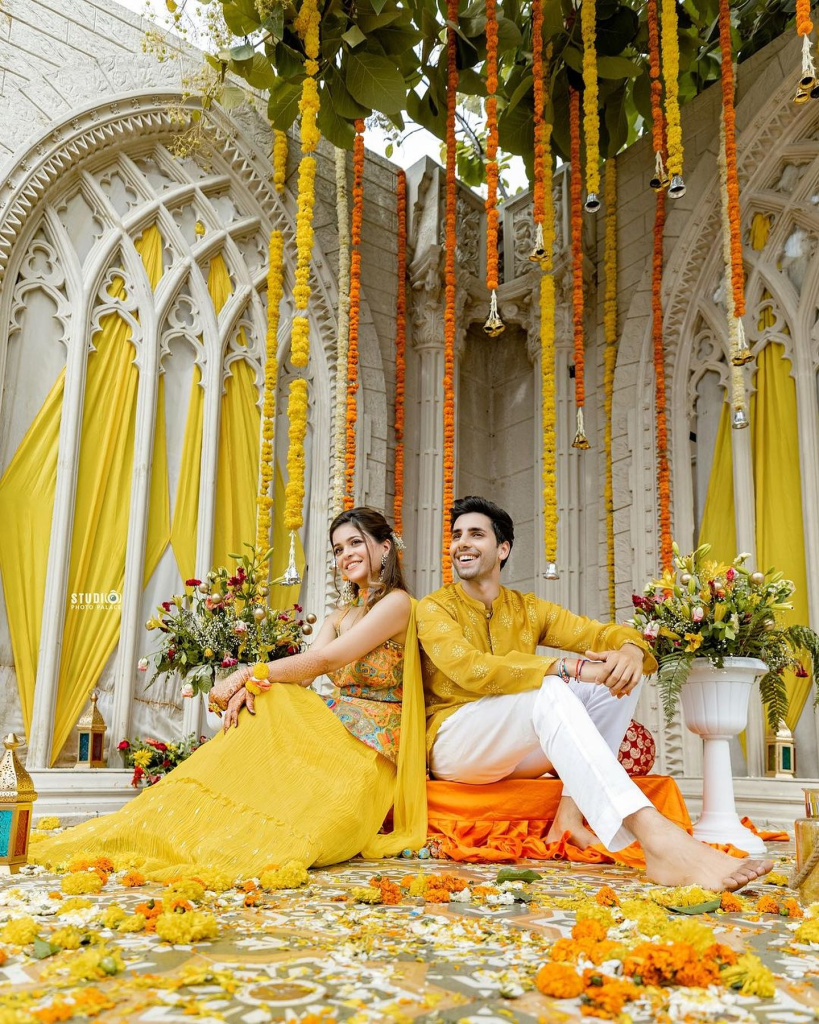
- Celebration of New Beginnings: The Haldi ceremony marks the beginning of the wedding festivities. It sets a positive tone for the upcoming ceremonies and helps build excitement and anticipation. The joy and enthusiasm of the Haldi ritual contribute to the overall celebratory atmosphere of the wedding.
- Family Bonding and Togetherness: The ceremony fosters family bonding and togetherness. It provides an opportunity for relatives and friends to come together, celebrate, and share in the joy of the couple’s impending union. The communal aspect of the ritual strengthens family ties and creates lasting memories.
- Cultural Heritage: The Haldi ceremony reflects cultural heritage and traditional practices. It serves as a reminder of the rich cultural tapestry and the importance of preserving and celebrating these customs. The ceremony connects individuals to their cultural roots and emphasizes the value of tradition.
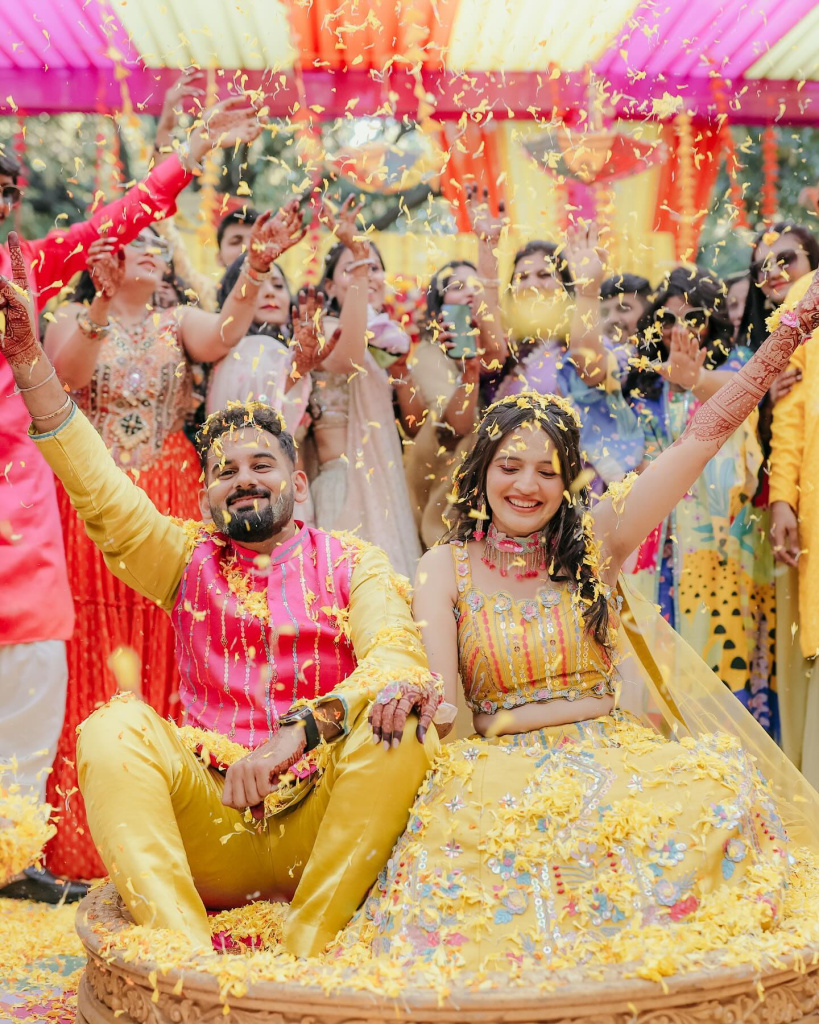
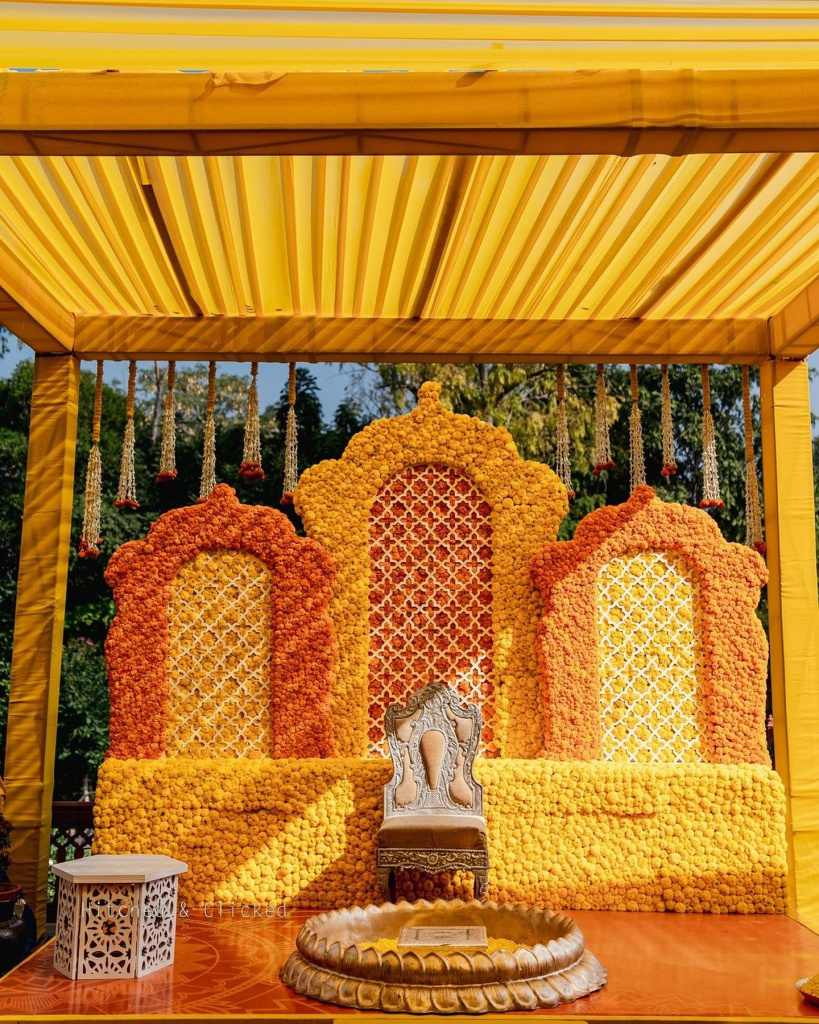
Contemporary Practices and Variations
While the traditional Haldi ceremony remains deeply rooted in cultural practices, modern couples often incorporate contemporary elements to personalize the ritual. Here are some common variations and contemporary practices:

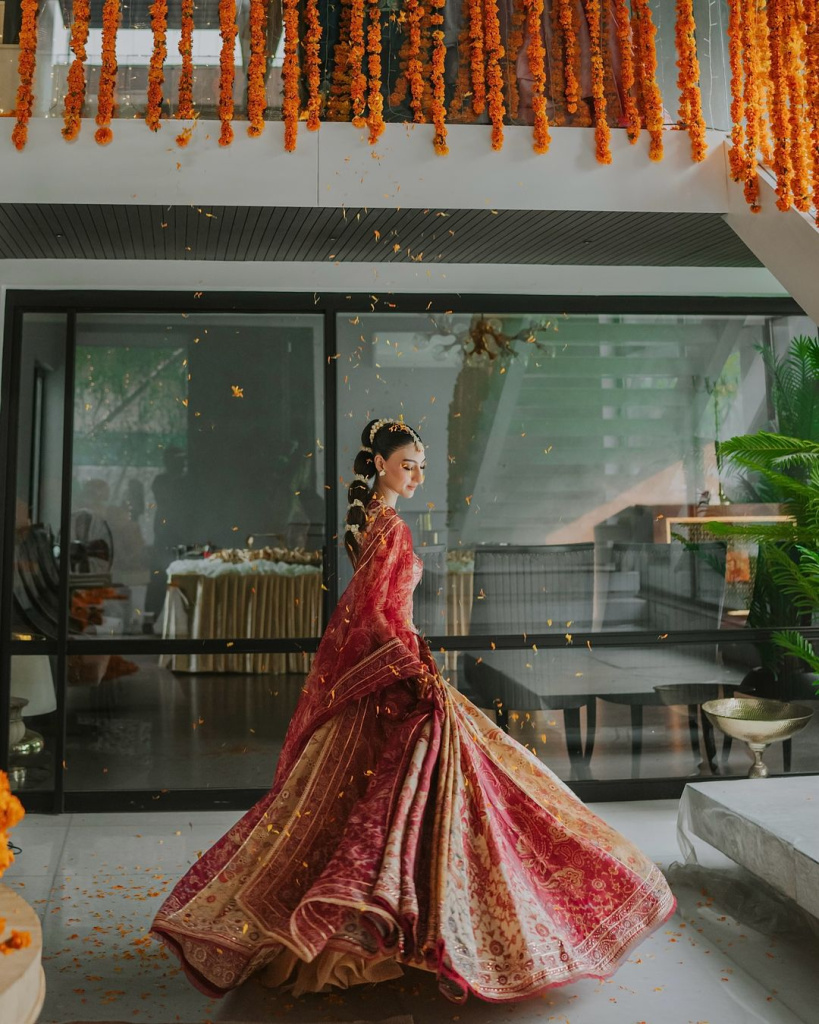
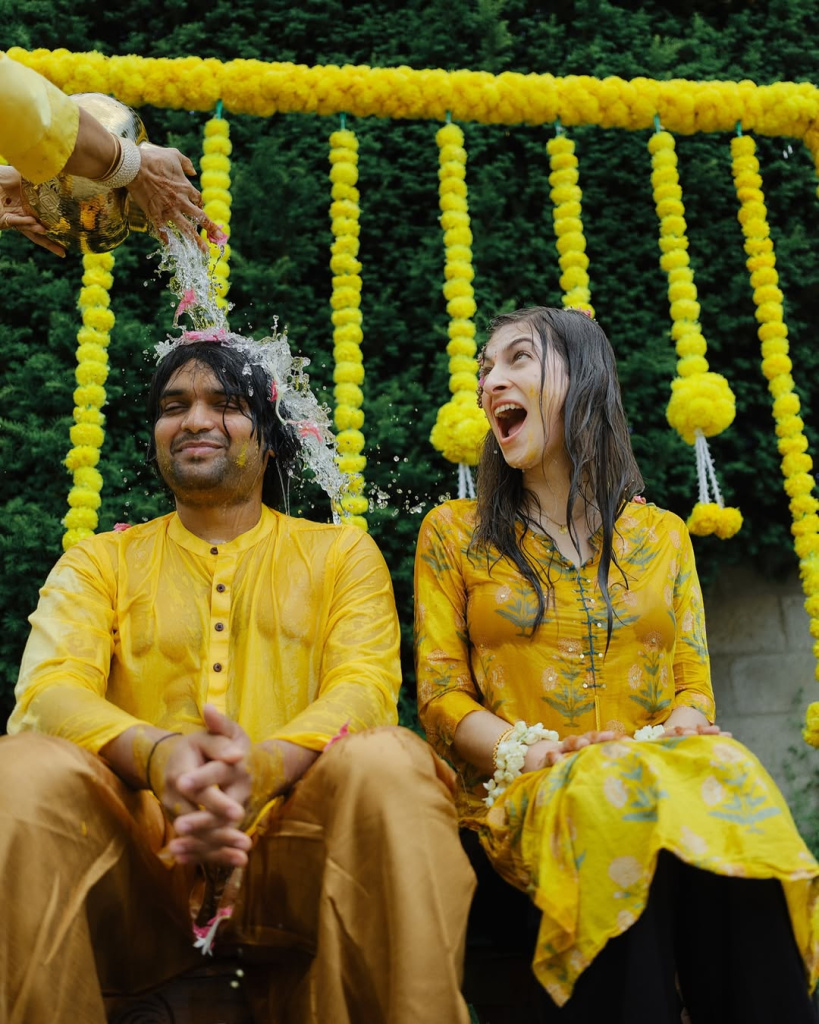
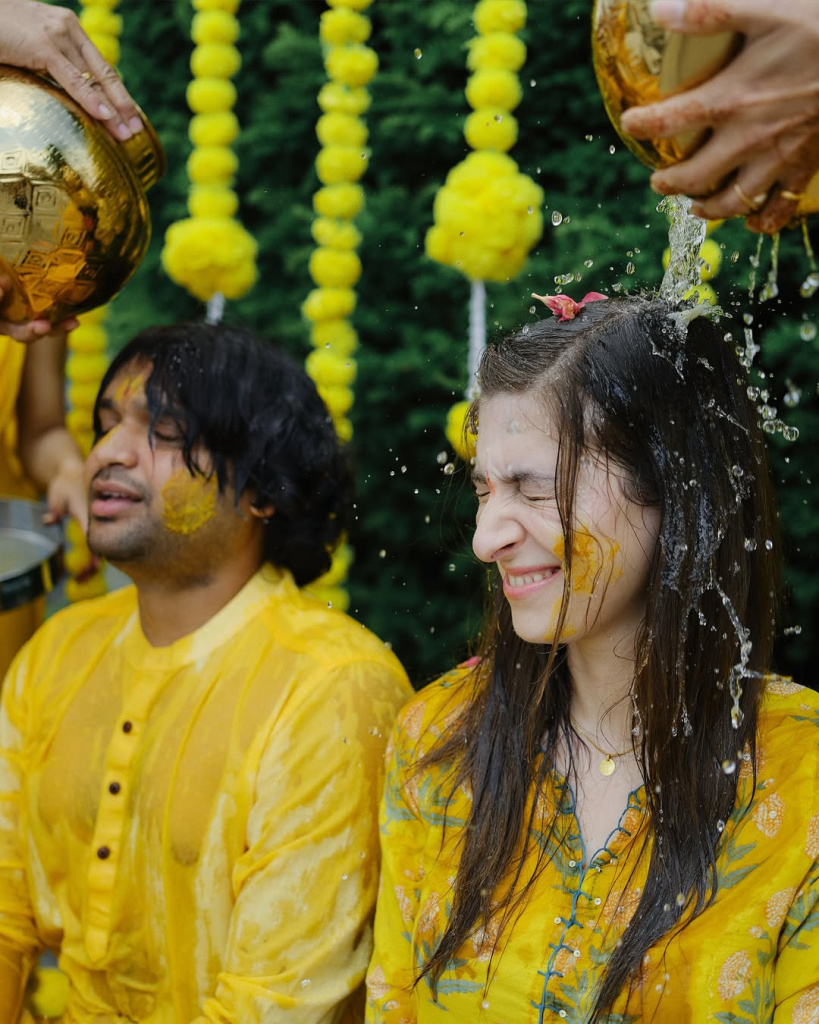
- Creative Haldi Themes: Many couples choose themed Haldi ceremonies to add a unique touch to the traditional ritual. Themes may include color-coordinated decorations, personalized music playlists, and innovative games and activities. These themes enhance the celebratory atmosphere and create a memorable experience for guests at the Haldi event.
- Destination Haldi Ceremonies: With the rise of destination weddings, some couples opt for Haldi ceremonies at exotic locations. These destination ceremonies provide a unique backdrop for the ritual and create lasting memories. Popular destinations include beach resorts, heritage sites, and scenic locales.
- Customized Haldi Pastes: Modern brides and grooms may use customized Haldi pastes that include organic and natural ingredients. Some couples choose cruelty-free and vegan alternatives, reflecting their personal preferences and values. Customized pastes may also include unique ingredients based on family traditions or individual preferences.
- Inclusion of Non-Traditional Elements: To cater to diverse backgrounds and preferences, some couples incorporate non-traditional elements into their Haldi ceremonies. This may involve fusion music, contemporary dance styles, and modern decor. These elements add a fresh perspective to the traditional ritual and reflect the couple’s style.
- Virtual Haldi Ceremonies: Virtual Haldi ceremonies have gained popularity, especially among couples who cannot be physically present with their families due to travel restrictions or other reasons. Virtual celebrations use technology to bring people together, allowing participants to share in the joy of the occasion even from afar.
Regional Variations

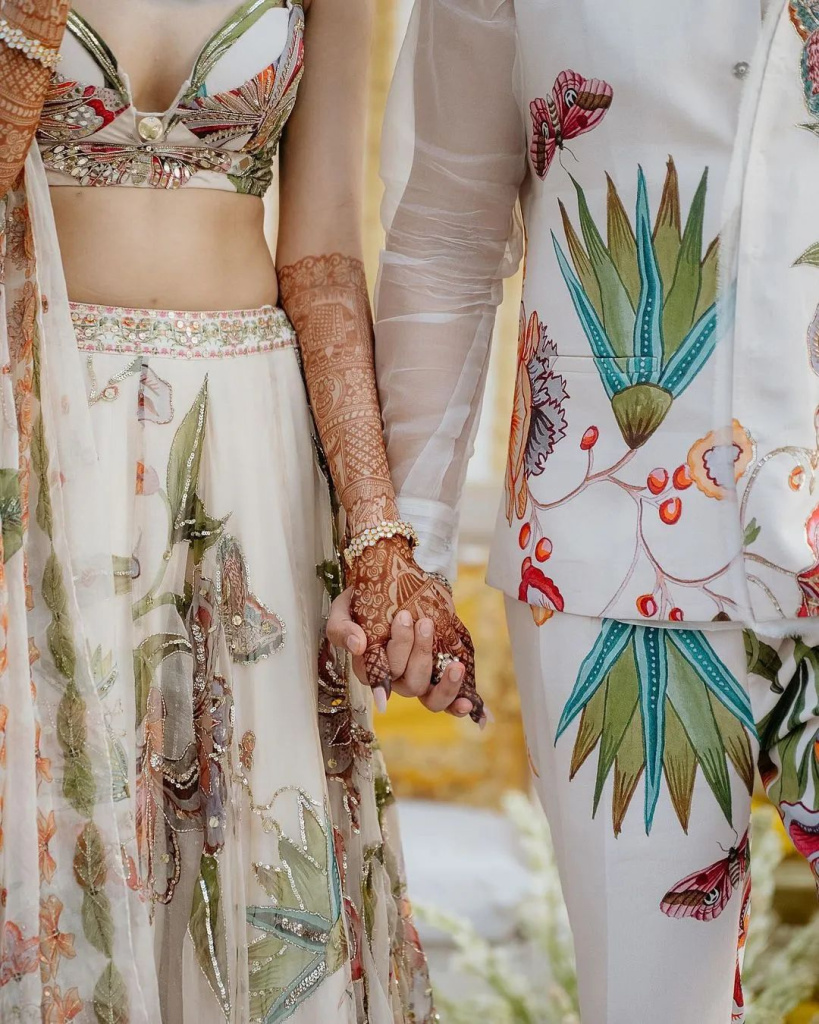
The Haldi ceremony varies across different regions and communities, each adding its own unique touch to the ritual. Here’s a look at some regional variations:
- North India: In northern states like Punjab, Haryana, and Uttar Pradesh, the Haldi ceremony is characterized by its exuberant celebrations. The ritual is often accompanied by elaborate decorations, traditional songs, dances, and a festive feast. The application of Haldi is done with much pomp and grandeur.
- South India: In southern states such as Tamil Nadu, Kerala, and Karnataka, the Haldi ceremony is known as 'Pellikuthuru' (Telugu) or 'Ponnurukku' (Tamil). The rituals may involve the use of turmeric and other natural ingredients, with a focus on family bonding and traditional customs. The ceremony is often marked by simplicity and elegance.

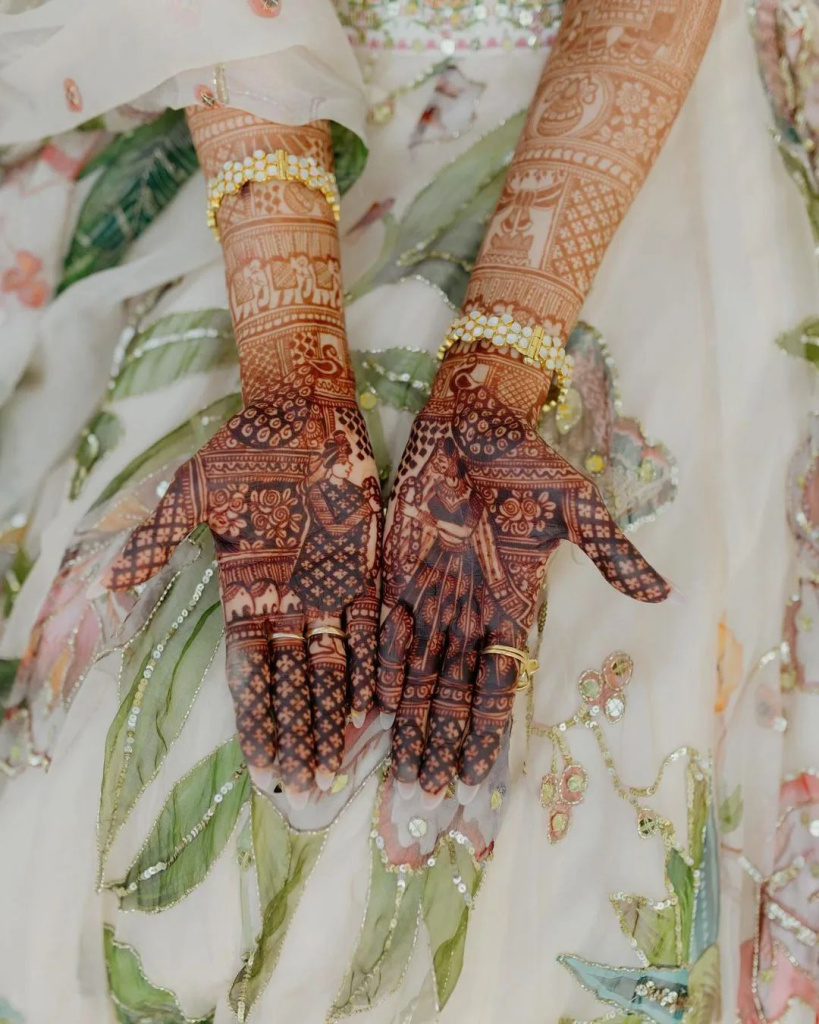
- West India: In states like Gujarat and Maharashtra, the Haldi ceremony is known for its vibrant celebrations and community involvement. The ritual may include traditional music, dance, and the preparation of special sweets and delicacies. The atmosphere is lively and festive, reflecting the cultural vibrancy of the region.
- East India: In states such as West Bengal and Odisha, the Haldi ceremony may include regional customs and practices. The application of turmeric is often accompanied by traditional songs and rituals that reflect local culture and heritage. The ceremony may also involve unique regional dishes and customs.
Interesting Aspects and Trivia
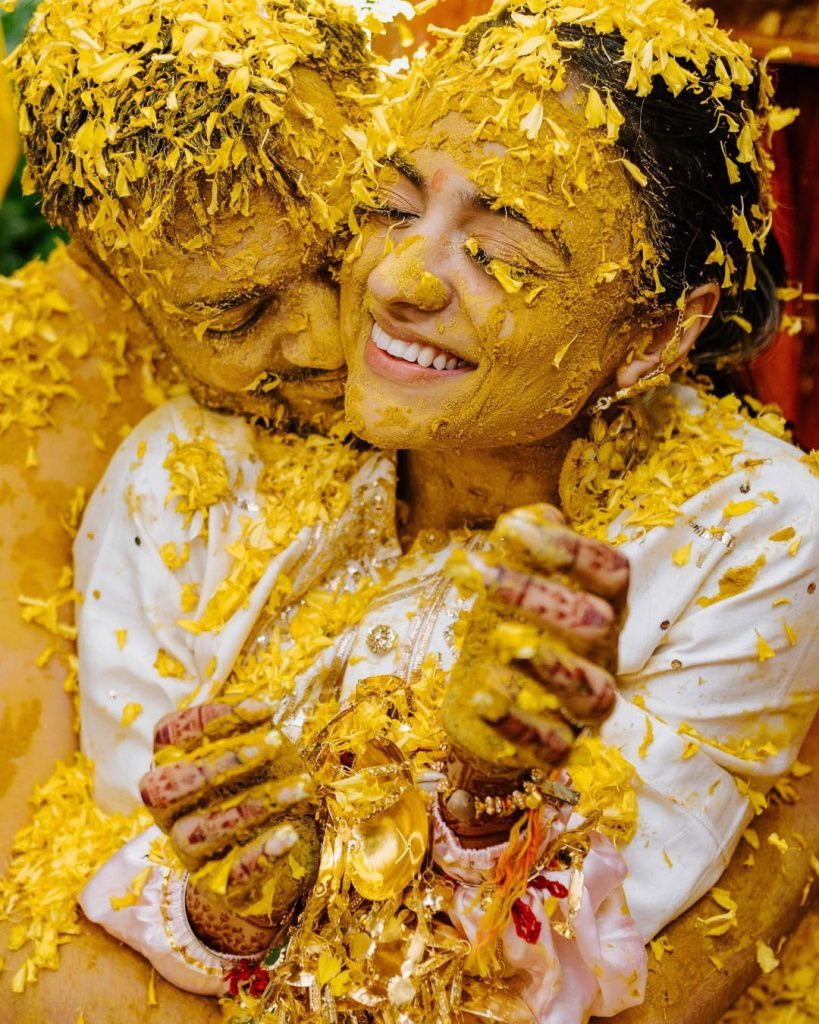
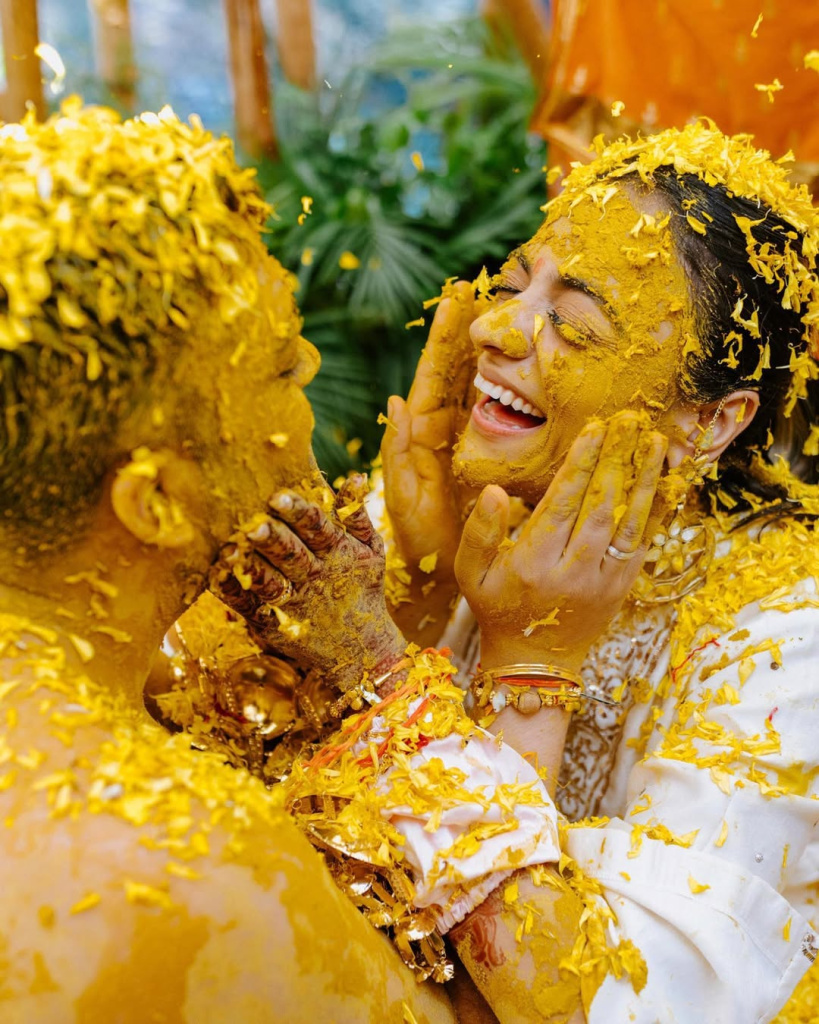
Here are some intriguing aspects and trivia related to the Haldi ceremony:
- Turmeric’s Medicinal Benefits: Beyond its ceremonial use, turmeric is renowned for its medicinal properties. It contains curcumin, a compound with anti-inflammatory and antioxidant properties. Traditionally, turmeric has been used to treat various ailments and promote overall health.
- Historical References: Turmeric has been mentioned in ancient texts and scriptures, including the Vedas and Ayurvedic texts. Its use in rituals and medicine highlights its significance in South Asian culture and history.
- Haldi and Bollywood: The Haldi ceremony has been featured in numerous Bollywood films, often depicted as a colorful and joyous occasion. These portrayals contribute to the ceremony’s popularity and cultural significance in contemporary media.

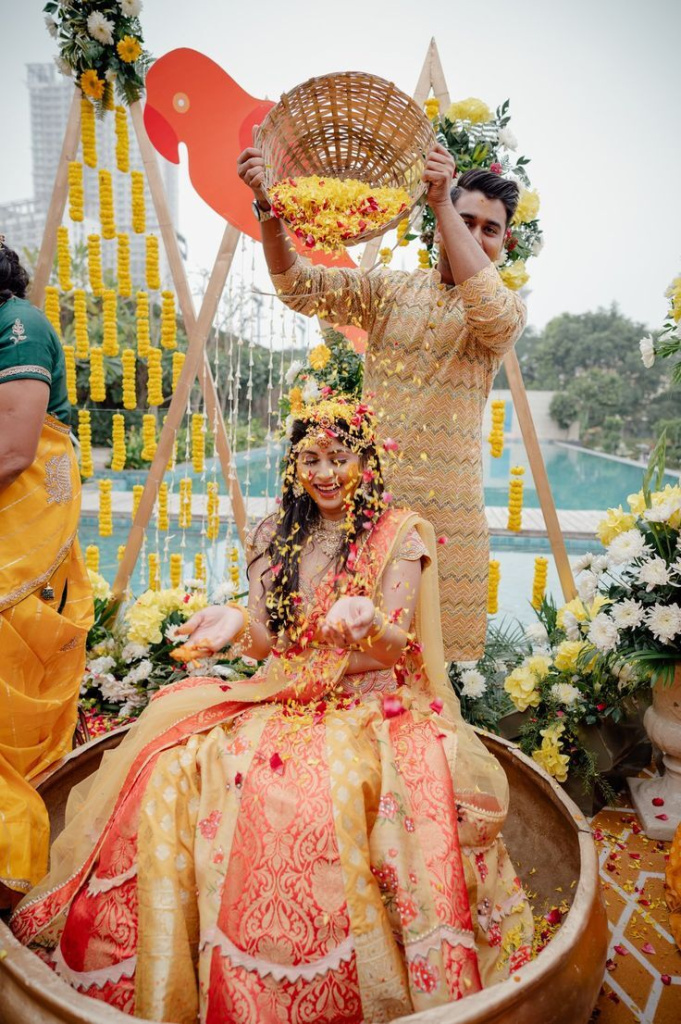
- Symbolism in Other Cultures: While the Haldi ceremony is specific to South Asian cultures, the use of yellow or turmeric in rituals is found in other cultures as well. For example, in Chinese culture, yellow symbolizes wealth and prosperity, and turmeric is used in traditional Chinese medicine.
- Eco-Friendly Trends: As environmental awareness grows, many families are adopting eco-friendly practices in their Haldi ceremonies. This includes using natural and organic ingredients for the Haldi paste, reducing waste, and opting for sustainable decor and materials.
- Celebrity Haldi Ceremonies: The Haldi ceremony has gained attention from celebrities and influencers who showcase their elaborate and personalized Haldi celebrations on social media. These high-profile events often set trends and inspire others to incorporate unique elements into their ceremonies.

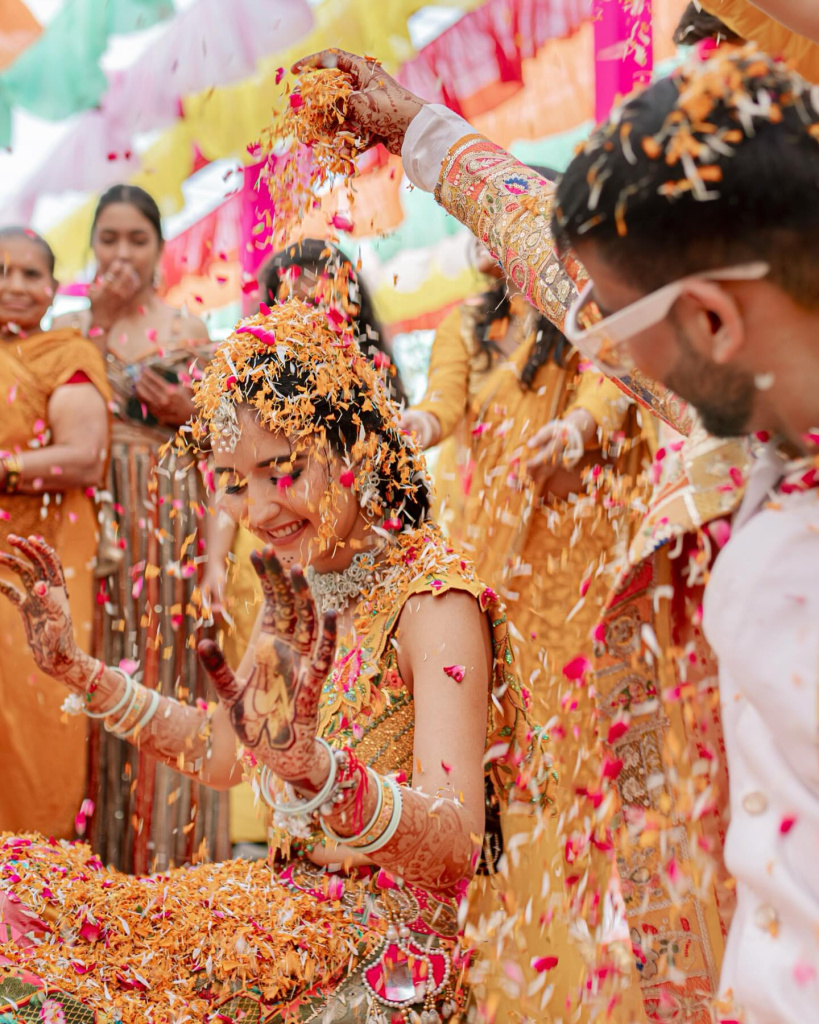
The Haldi ceremony is a vibrant tradition that holds a special place in South Asian weddings. It is a celebration of purity, prosperity, and new beginnings, marked by intricate rituals, symbolic significance, and cultural heritage. Whether observed in its traditional form or with contemporary twists, the haldi Indian wedding continues to be a cherished and integral part of the wedding festivities. It brings together family and friends in a joyous celebration, setting the stage for the couple’s journey into a new chapter of their lives.

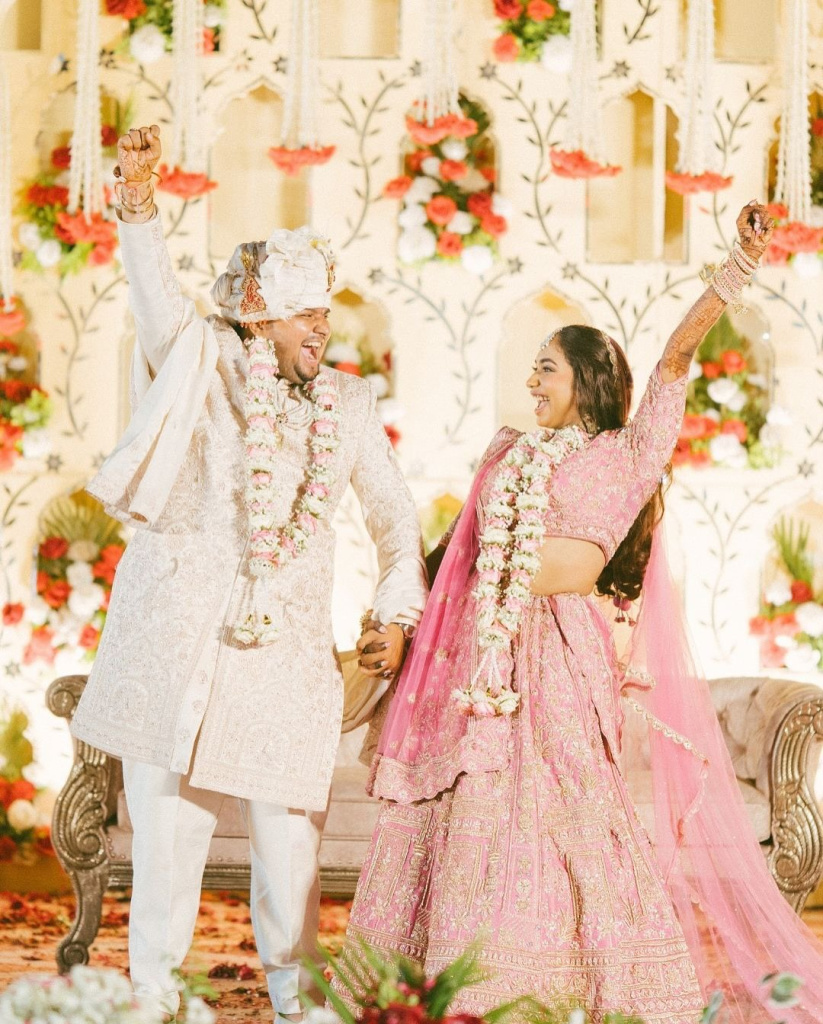
By embracing both tradition and modernity, the Indian Haldi ceremony remains a testament to the enduring significance of cultural practices and the joy of celebrating new beginnings. Whether in a grand setting or a more intimate gathering, the Haldi ceremony is a beautiful expression of love, unity, and celebration.









